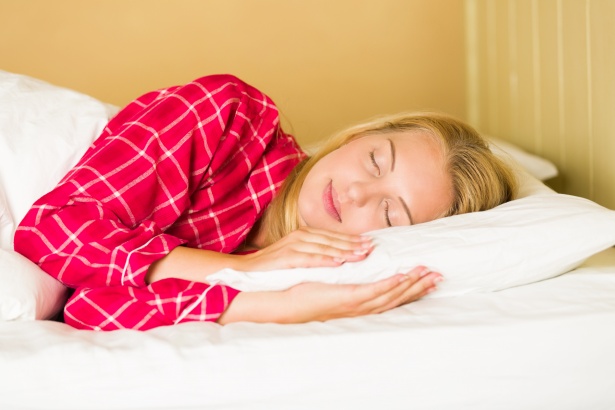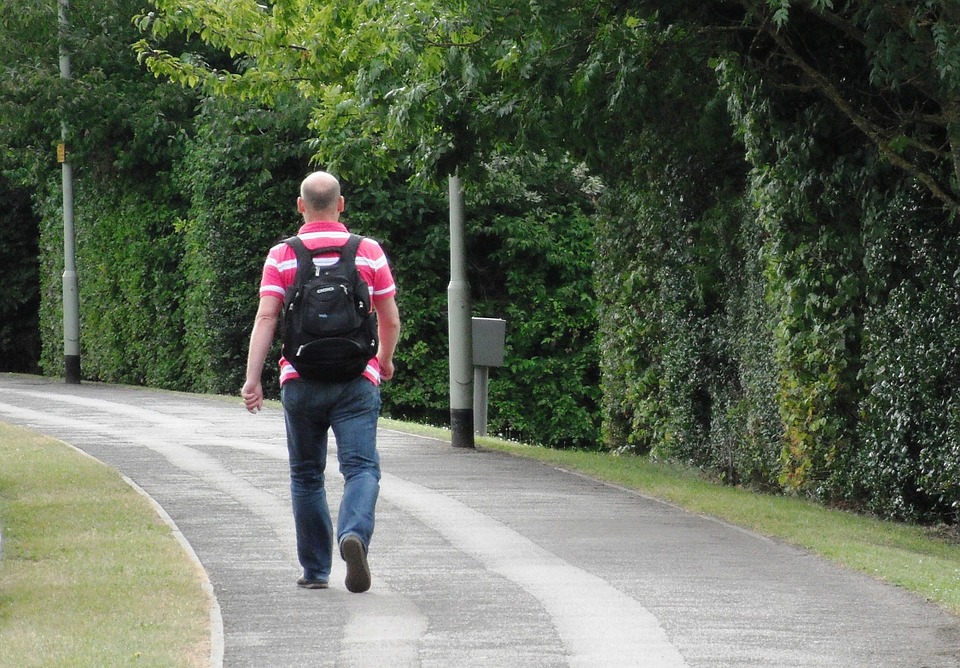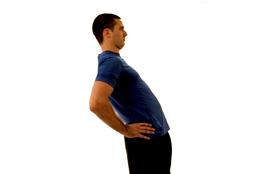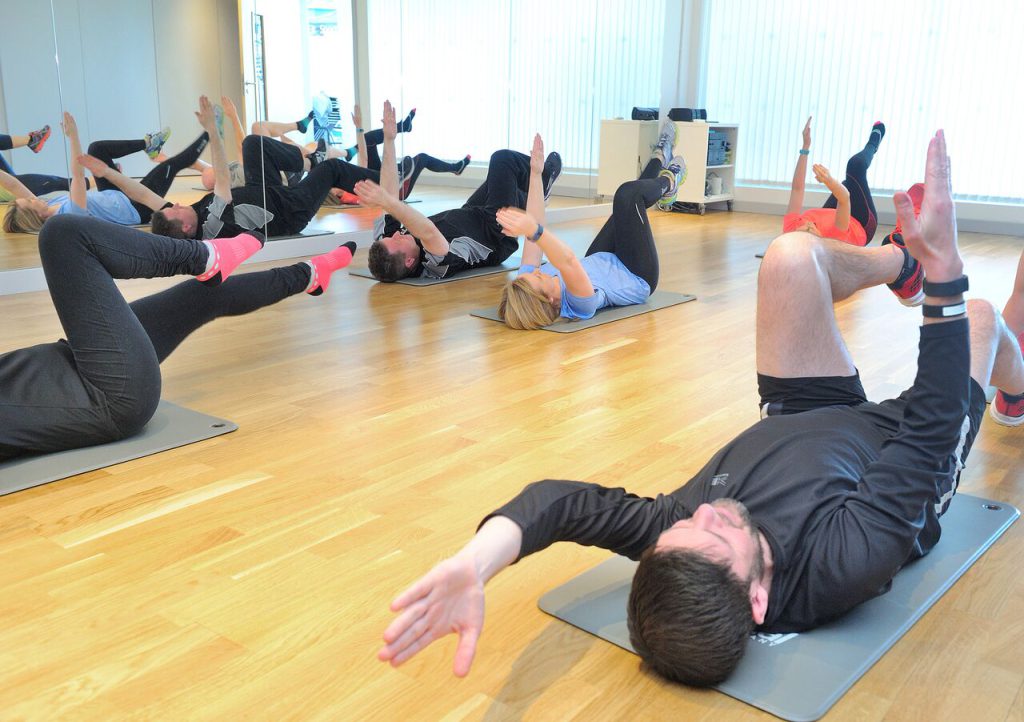Mechanical Low Back Pain
Low back pain is very common however there are many different causes and contributing factors involved. In addition, each individual will have their own experience of low back pain and how it affects them can be quite varied. This article focuses on the most common type of low back pain, mechanical low back pain. It is sometimes termed ‘non-specific low back pain’, to reflect that there is often not one specific structure or cause of the problem. There are of course many different types of back pain and problems. In mechanical low back pain discussed here, we are referring to back pain that is located to the low back itself and not necessarily discussing presentations with associated leg pain or altered sensation such as tingling, numbness, or burning sensations. These symptoms typically involve nerves and you should read this article here.

Mechanical low back pain is often the result of a multitude of factors such as our activity levels, work environment, previous history of back problems, strength, and flexibility. There is also good scientific evidence to demonstrate that sleep, mood state and overall health play very important roles in both the development and subsequent management of these conditions.While things like posture can play a key role, it is perhaps not as important as was once thought. That does however depend on how posture is defined. If we hold a position (or posture) such as siting, standing or lying for too long without moving this can contribute to the development of low back pain. It is not essential to be perfectly symmetrical to prevent low back pain, in fact many studies have shown that there is no correlation between certain postures and the development of back pain. That said, context is key and there may be some environmental or habitual postures that could play a role for some people.If you do have low back pain without any other associated pain or altered sensation, it is important to try and keep moving. It might not feel like this is the right thing to do but even a low level movement little and often through the day can go a long way to improving how you feel. Walking is a great way to keep your back mobile. If you have pain that is not debilitating and you are looking to self-manage then try to change your posture regularly. This could mean standing up periodically if you have a desk-based job or going out for a walk at lunch time.

Taking in general exercise, such as going to the gym, doing an exercise class playing sport or going for a run are all excellent ways to improve the health of your spine and reduce the likelihood of developing low back pain. In addition, general exercise is a great way to regulate our mood and help us sleep better which in turn will have a positive influence on back pain either in the management or prevention. Physiotherapists are very well-placed to assist those perhaps more specifically with their low back pain. Trying to follow the above advice is a great starting point however if you do want to have some professional and expert input then our Physiotherapists are there to help.













